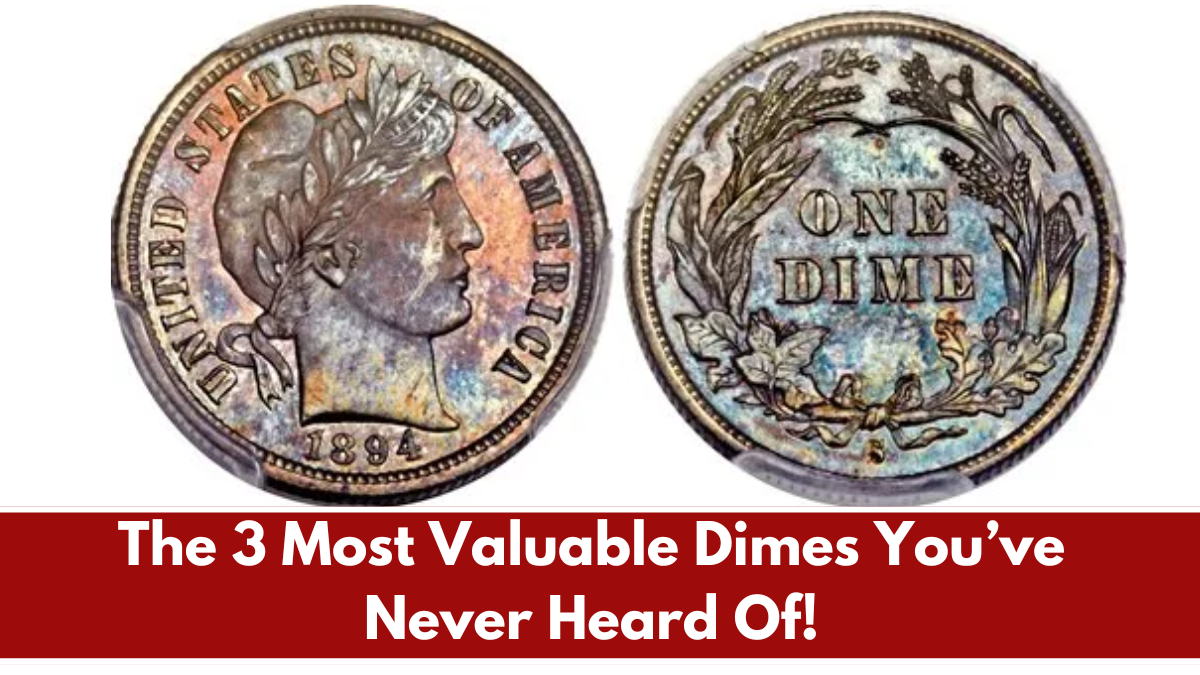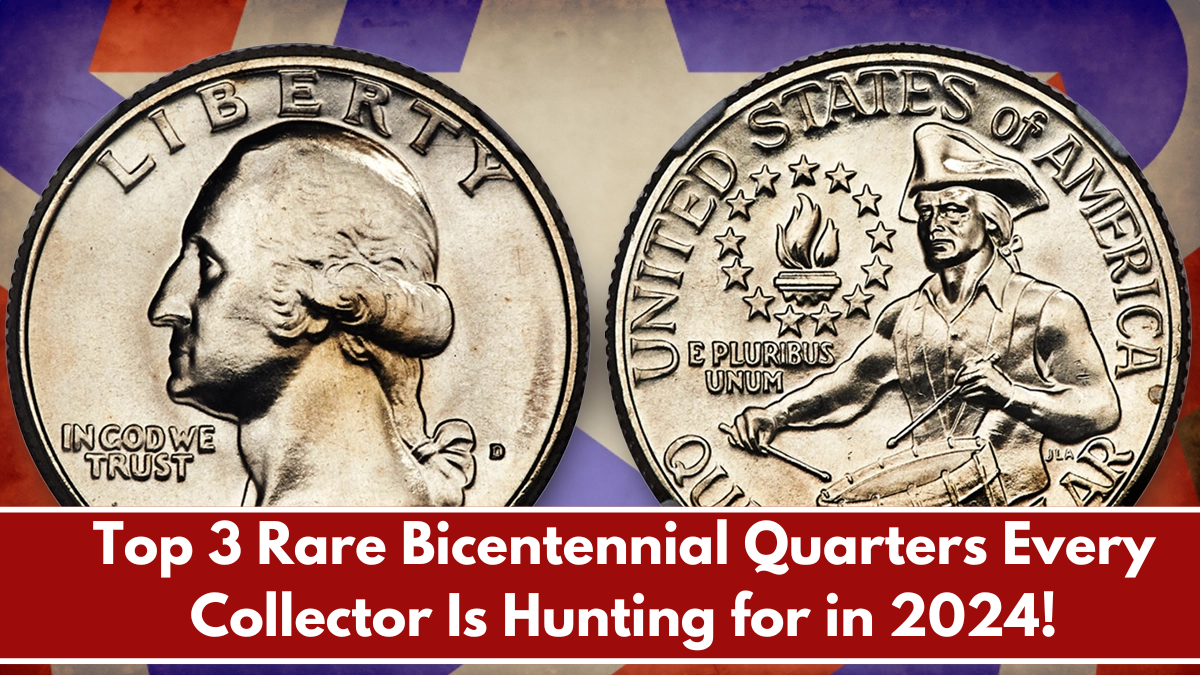Bicentennial quarters, minted in 1976 to commemorate the United States’ 200th anniversary, hold a special place in numismatics. Featuring a unique dual date (1776-1976) and a revolutionary drummer design, these coins are beloved by collectors. But did you know that some Bicentennial quarters are exceptionally rare and valuable? Whether you’re a seasoned collector or someone with spare change lying around, these coins could turn out to be a lucrative find. In this article, we’ll explore three of the most sought-after Bicentennial quarters that could bring you a fortune.
1. The Silver Bicentennial Quarter
While most Bicentennial quarters were minted in copper-nickel, a select few were struck in 40% silver. These coins, part of special collector’s sets, often have a higher value due to their limited mintage and silver content. A pristine, high-grade Silver Bicentennial Quarter could fetch thousands at an auction. Coins graded by professional services as “mint state” are especially desirable, making them a highlight for serious collectors.
2. The Doubled Die Bicentennial Quarter
Error coins are a collector’s dream, and the Doubled Die Bicentennial Quarter is no exception. This error occurs when the design is accidentally struck twice, creating a noticeable doubling effect on elements like the date or the drummer’s design. These rare quarters can be worth tens of thousands of dollars depending on their condition and clarity of the doubling. Such errors are relatively scarce, making them an exciting find for enthusiasts and investors alike.
3. The Proof Bicentennial Quarter with No Mint Mark
Proof quarters, minted for collectors, typically have a mirror-like finish and carry a mint mark denoting their origin. However, a few Proof Bicentennial Quarters were released without a mint mark due to an error. These coins are exceedingly rare, with some selling for staggering amounts. The lack of a mint mark significantly increases the coin’s rarity, making it a prized possession for anyone lucky enough to find one.
Bicentennial quarters may seem like common collectibles, but rare variations like silver coins, doubled dies, and mint mark errors can make these coins incredibly valuable. Searching for these hidden treasures is not only rewarding but also a thrilling journey into history. Whether you’re an experienced collector or a beginner, discovering one of these rare coins could turn your passion into profit. So, check your collection—you might be sitting on a treasure worth a fortune!
FAQ’s:
1. How can I identify a Silver Bicentennial Quarter?
Silver Bicentennial Quarters have a silver edge instead of the copper-nickel layer visible on standard coins. They also weigh slightly more (11.5 grams vs. 5.67 grams).
2. What should I look for in a Doubled Die Bicentennial Quarter?
Examine the date, lettering, and drummer’s design for signs of doubling using a magnifying glass or coin loupe.
3. How do I know if I have a Proof Bicentennial Quarter with no mint mark?
Proof coins have a mirror-like finish, and if there’s no mint mark beneath the date, it could be a rare error coin.
4. Where can I sell rare Bicentennial Quarters?
You can sell them at coin auctions, online marketplaces, or through reputable coin dealers. Some collectors also use grading services to verify authenticity before selling.
5. Are all Bicentennial quarters valuable?
Not all Bicentennial quarters are rare or valuable. Only those with unique features like errors or precious metal content hold significant worth. Common examples in circulated condition usually carry face value.













